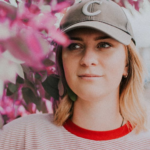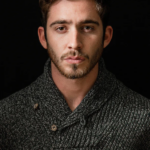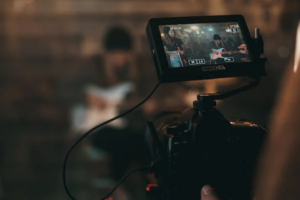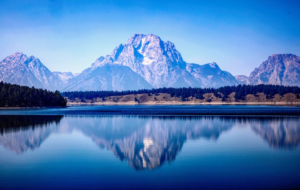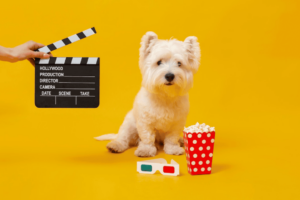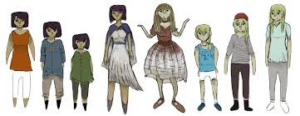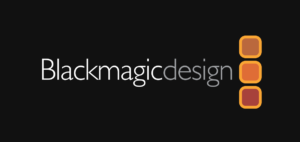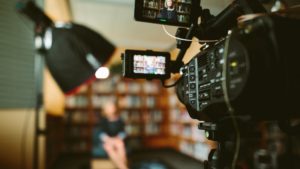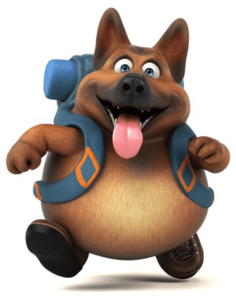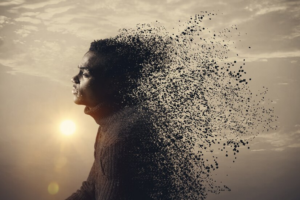You have probably seen a lot of headshot photos throughout your life. But what exactly makes a photograph one? This article will explain headshot photography, the various headshots, the equipment used, and a few suggestions on capturing amazing headshot photos.

What is a Headshot Photo?
A headshot is a professionally photographed portrait of a person’s face. The photograph’s quality is crucial as headshots are utilized for professional and business objectives. Therefore, headshots should be sharply focused, well-lighted, and include only one person, usually from the shoulders up.
You can use headshot retouching services to quickly and professionally improve your images and get visually appealing headshots. High-quality retouchers will fix flaws in the client’s skin, remove stray hair, work on their makeup, and do everything to fulfill the client’s needs.

AI headshots
AI headshots offer a fast, cost-effective alternative to traditional headshots, providing high-quality, professional images without the need for in-person photoshoots. Unlike traditional photography, which requires time, travel, and often high expenses (for clothing, hair, and makeup), AI headshots can be generated in hours. This makes them ideal for busy students and professionals. Dreamwave is an AI headshot generator for professional headshots. To use Dreamwave to create headshots, simply upload a few selfies, and the AI will return a range of headshots to choose from. Dreamwave offers a range of headshot types to choose from, including actress headshots, dance headshots, and model headshots.
Difference Between a Headshot and a Portrait
Headshots are distinct from portraits where the former contains the subject’s face, but portraits frequently include the entire body. In addition, portrait shots tend to be more artistic, whereas headshots are held to a higher level. That is not to suggest that a headshot cannot be innovative, especially for artists optimized in entertainment. However, headshot photographers must show professionalism.
Headshot:

Portrait:

Different Types of Headshot Photos
Professional Headshot Photos
Anyone who presents themselves in public, from doctors to team members, guest speakers to social media influencers, can benefit from a professional headshot printed on business cards, placed on walls, and posted on the internet.

Actor Headshot Photos
Actor headshots are frequently used in an actor’s resume. They are commonly employed only based on that photograph, so they must have one that effectively and impressively portrays who they are as actors.
How to Click Actor Headshot Photos
The most typical size for actor headshots is 8″ x 10″ (W x H), though some performers prefer 10″ x 8″ as well. However, while they are the preferred sizes for casting submissions, no industry law or guideline mandates them. So yes, printed headshots of actors are still desired in this decade. As a result, make sure you get print-quality headshots taken.
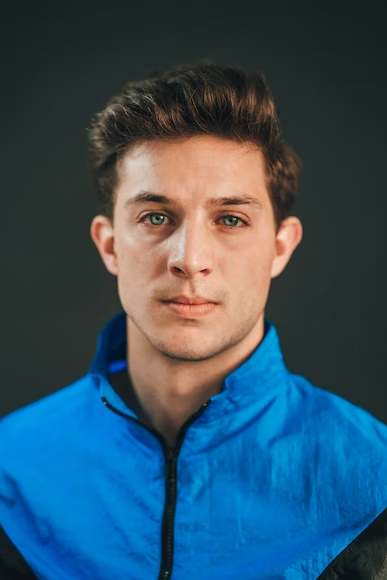
Modeling Headshot Photos
You will also need a file that’s been optimized for the web. Actors will frequently be required to submit a headshot to websites such as Actor’s Access or Backstage. There may be a file-size limit on such websites, and a print-quality file may surpass these limits. As a result, your photographer should deliver a web-optimized image to you. This might be a smaller JPEG file regarding dimensions and storage requirements. The quality difference between this file and the print-quality file on a digital screen should not be seen by the naked eye, except that it may be smaller.
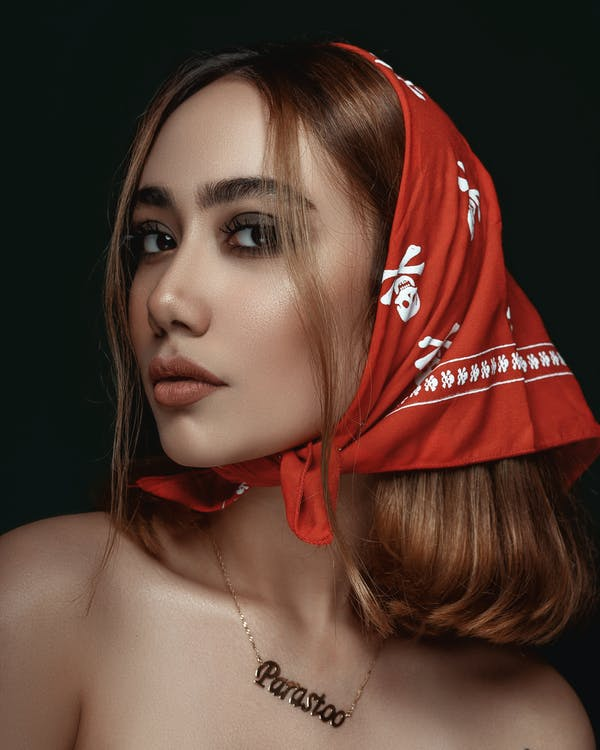
Corporate Headshot Photos
In most cases, the application determines the size of a business document. These are generally used for web apps. However, new corporate headshots are required for a revamped website, where the web designer or project manager may have specific requirements. For example, crops might be square, rectangular, or circular.
How to Click Corporate Headshot Photos
Remember that corporate headshots are likely to be used for various purposes. So, if you are getting a business headshot, be sure you may use the final file for multiple purposes. If you write an article, for example, the publication you worked with might want an 8″ x 10″ crop, which means the circular crop you have won’t work.
If you are an entrepreneur, run your firm, or own a product, you might want to invest in a hero image for your website. Likewise, CEOs, Vice Presidents, Dealers, real estate agents, and other professionals may find this valuable. In essence, this hero picture is enormous, similar to a banner. It’s usually near the page’s top and runs from left to right. It can even be the total screen size in some cases. If you proceed with this design strategy, work out technical details with your web designer.
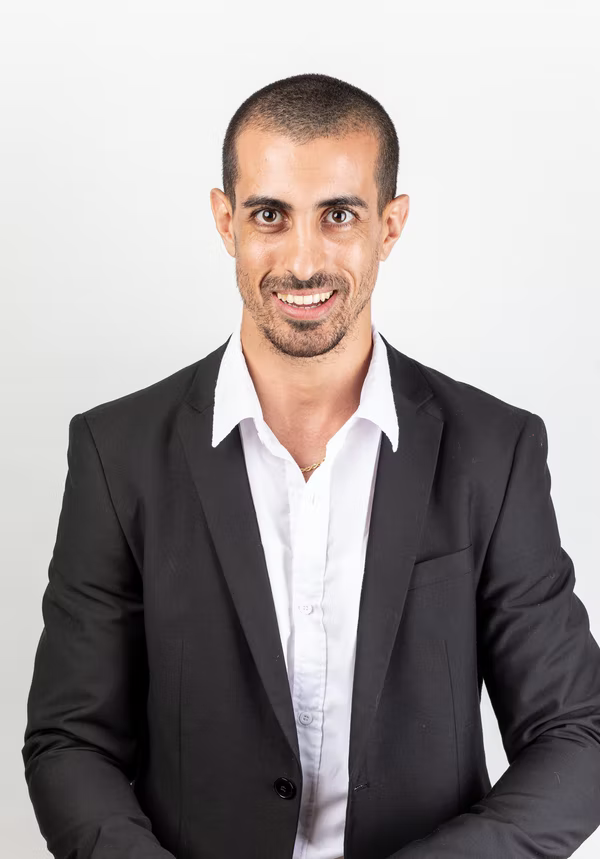
LinkedIn Headshot Photos
Getting LinkedIn headshots is a great way to stand out in your job search. LinkedIn publishes a list of its profile photo requirements on its website. To summarize, the maximum file size is 8 megabytes (MB). In addition, it should have a pixel size of at least 400 × 400 and up to 7,680 x 4,320 (w x h). They also specify if you must use a PNG or JPEG file.
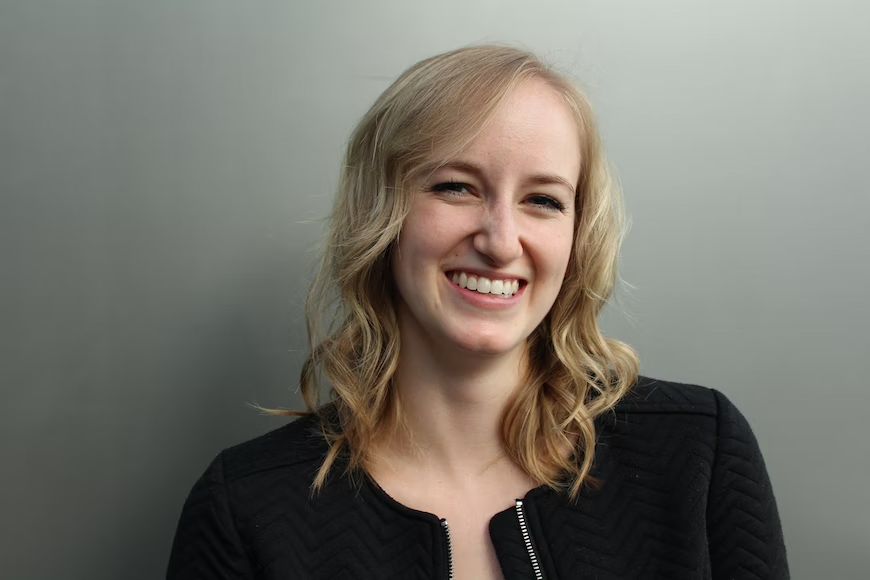
Twitter Headshot Photos
Some professionals may want to utilize their Twitter profile photos to showcase their headshots. Uploading a Twitter profile photo has its own set of restrictions. First, ensure to use a JPEG, GIF, or PNG file with a 2 MB file size. The minimum and maximum dimensions are 400 x 400 pixels and 1,500 x 1,500 pixels, respectively.

Facebook Headshot Photos
Another place where you may utilize a headshot as your profile photo is on Facebook. In today’s world, social media platforms are frequently used to promote entrepreneurship, which marks a vital move in your career.
The company’s website gives an overview of Facebook’s profile image criteria. On PCs, the profile photo is 170 x 170 pixels, whereas, on smartphones, it is 128 x 128 pixels. You will have more visibility if you use the cover photo area for your headshot instead. On PCs, it is 820 pixels wide by 312 pixels high, while on smartphones, it is 640 pixels wide by 360 pixels tall.
Other requirements for the cover page photo include a width of at least 400 pixels and a height of at least 150 pixels. It will load faster if you use an sRGB JPG file 851 pixels wide, 315 pixels high, and less than 100 kilobytes. If any photographs include your logo or text, Facebook suggests utilizing a PNG file for a better outcome.
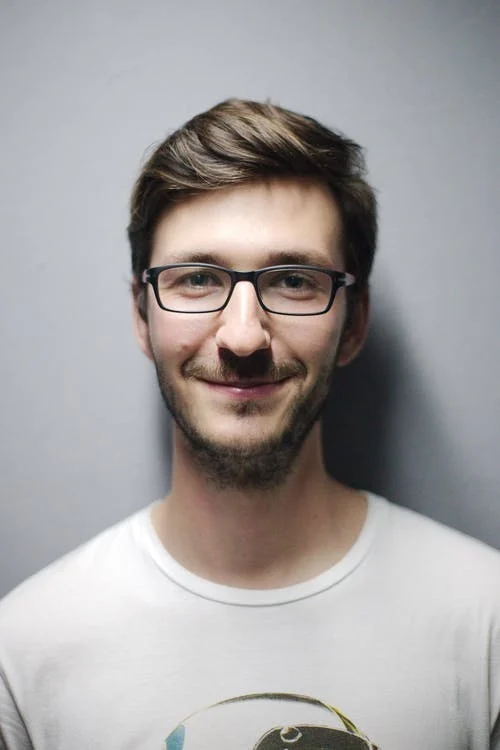
Instagram Headshot Photos
Some people’s Instagram profile photos seem small when seen on phones. However, remember that your Instagram profile may be seen on a desktop web browser, where the photographs are considerably larger. Comparing the size of an Instagram photo on a 32″ desktop display to some of the largest smartphones, the image is double the size. As a result, you’ll want to utilize a higher-resolution photo.
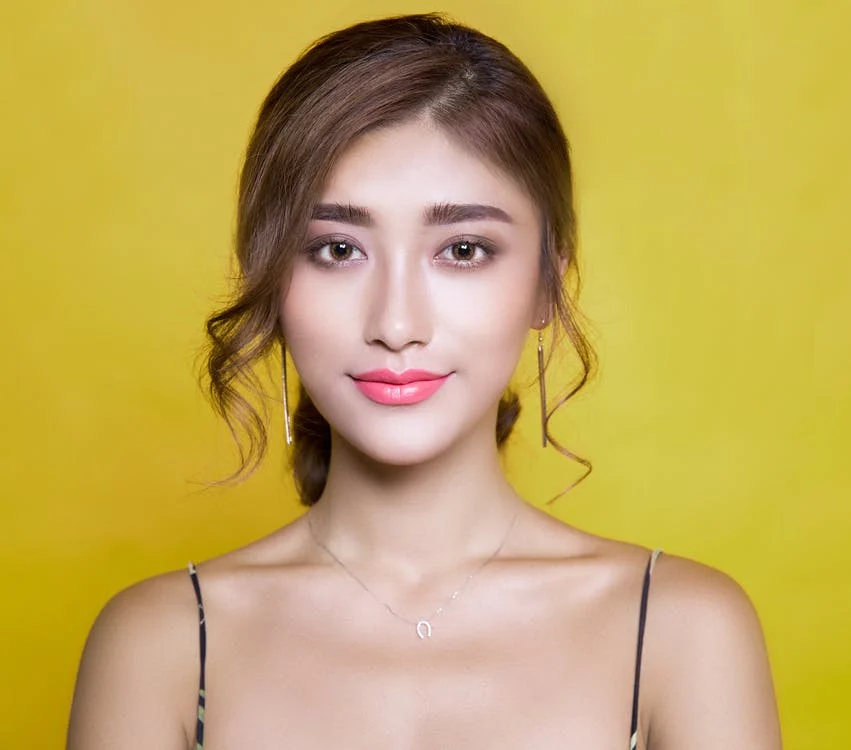
Medical Residency Application Headshot Photos
Those who need to submit a medical residency application must find a way to get ERAS headshots that adhere to the ERAS photo standards. The average crop factor for headshots is 45, whereas ERAS demands a crop factor of 57. A professional photographer will recognize these distinctions.
The photo’s dimensions must be 2.5 inches by 3.5 inches to be accepted by ERAS. Furthermore, the file size should be less than 100kb, and the resolution should not exceed 150 DPI. Finally, as this shot necessitates the attributes of a skilled photographer, it is a good idea for anyone interested in having this done to have standard headshots taken for future usage.

Other Headshot Photos
The size requirements for headshots can be highly varied. If you are modeling, for example, you’ll undoubtedly want model headshots to share on social media. According to the most recent information, the site also has strict prerequisites. They include solely using JPG or PNG files. Photos must be at least 7kb in size and have a resolution of at least 200 (w) x 300 (h) pixels. Meanwhile, the maximum file size is 4,000 x 4,000 pixels, with a file size of no more than 1,500kb.

What is the pricing of professional headshot photography?
For in-depth comparisons on traditional photography studios in major cities, explore the following overviews: Headshots Miami, Headshots Los Angeles, Headshots San Diego, Headshots Los Angeles, Headshots Phoenix, Headshots Minneapolis, Headshots Chicago, Headshots Seattle, Headshots Las Vegas, Headshots San Francisco, Headshots Nashville, Headshots Philadelphia, Headshots Dallas, Headshots DC, Headshots Boston, Headshots Denver, Headshots Austin, Headshots Orlando, Headshots Houston, Headshots NYC, Headshots Atlanta.
Tips to Shoot High-Quality Headshot Photos
To shoot great headshot photos, you can follow these tips:
Pre-Session Consultation
There are many headshot styles, and depending on the headshot goal, different models and clients will require varied stylistic results. An artistic, color-graded approach, for example, would work well for a fashion model but not for a corporate customer.

So, sit down with your subject before your session. Make sure you understand the purpose of your headshot photography. “What kind of style would you like?” you can even ask flat out. Also, be ready to demonstrate a lot of instances of different style possibilities.
You can conduct this over the phone or in person. However, it is not recommended to interact with your subject via email. Chatting with them will help them relax more than an email, and you may utilize the consultation to assist them in preparing for the session.
Use the consultation to learn about your subject’s occupation and whether they will use the headshots for corporate materials. For example, clean white backgrounds would be appropriate for lawyer headshots or ERAS headshots, while backgrounds featuring homes would be well-suited for real estate headshots or realtor headshots. Consider an indoor corporate background for executive headshots or company headshots, while laid-back professionals might prefer a vibrant, natural image.
Choose the Right Attire
Solid, neutral colors are great for headshots since you want to grab the onlookers’ attention and satisfy the subject.
If you opt for a more formal approach, make sure everyone remembers to wear their best business attire. For example, men frequently forget their jackets, so keep one on hand for a consistent look, even if you have to clip it at the back. Also, if at all feasible, send a reminder the day before your photoshoot.
Also, if you spend a lot of time with someone, ask them to bring a few outfits. Throughout the session, you can make modifications and give them a range of final photographs.

Differentiate From the Background
The separation between the person and the surroundings is vital in good headshot photography. Therefore, a clear foreground subject – the head and a clear backdrop are required.
Having your subject a few feet in front of any background components, such as trees, grass, a stairwell, a building, or a desk, is the simplest method to produce this effect. Instead of letting your subject lean against the wall for indoor portraits, bring them out so the wall blurs.
Suppose you use a studio background (or an office wall) and allow your subject to approach too close. In that case, shadows on the wall may appear, making the photographs look less professional. The bottom line is to move your subject out of the background, no matter how intriguing or unremarkable it seems to be.
You can also improve subject-background separation by reducing the depth of field and creating attractive background bokeh by extending your aperture. For ambient and natural light sessions, opt for an aperture of f/4; this is broad enough for background blur yet narrow enough to retain the subject’s head sharp.

Let the Subjects Relax
Make sure you have an introductory session with your clients before capturing the camera, whether you’re snapping headshots for a single person or a large team. This, in my view, is the most effective method for assisting your subject in relaxing – and relaxation leads to the best photographs.
Your conversation can sometimes be relatively brief. A 10-second firm handshake and a welcoming “How are you?” will suffice. If you have time, go a little further; individuals are often concerned about having their photograph taken, and talking about something familiar to them (what’s their hobby, their favorite book/ last watched movie, their interests in travels and food,, etc.) will help them relax.
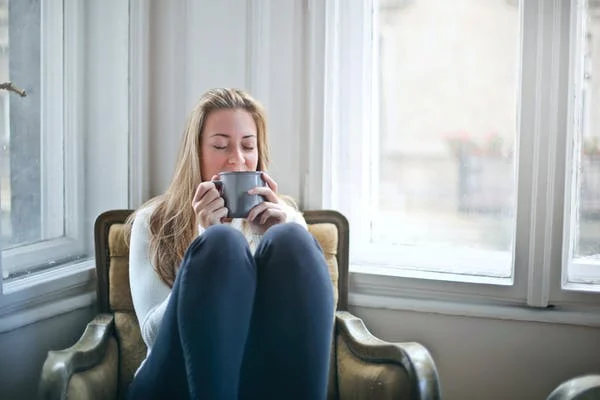
Adjust Your Light Settings
Lighting is crucial to good headshot photography; you cannot afford to scrimp on your lighting skills. Lighting should be carefully positioned and managed. Fortunately, achieving a good, consistent look is simple if you understand the fundamentals.
Try to light equally for business and actor headshots. There are a few instances where low-key photographs are appropriate (for example, sad with a black background), but aim for a balanced, detailed look for the most part. A traditional beauty lighting configuration with one light above and a second light, or a reflector, providing fill light from below works nicely. However, try placing your primary light slightly off-center to add some definition to your subject’s features.
Please ensure the subject’s torso is 45 degrees from the camera, and their face is pointed directly at it. You may have to direct folks to look straight down the lens. You’d be amazed how many people look away from the camera, at the flash, or elsewhere — and this isn’t going to work out well!
Ask your subject to turn her body 45 degrees from the camera, as shown in the behind-the-scenes photo below. Then, to reduce sharp shadows, place ample light in her front (slightly to the left), a small softbox behind her, and a reflector below her face.

To learn about lighting techniques, click here.
Make Your Subject Sit Down
People generally prefer to sit down, and comfort reigns supreme at the end of the day. Therefore, request your subject to place their hands on the top of their thighs (this will give them something to do with their hands). It also guarantees they are aware of their surroundings and do not move around excessively.
Honestly, it’s difficult to tell if a headshot is taken standing or sitting. So, do not overthink the appearance of either option.
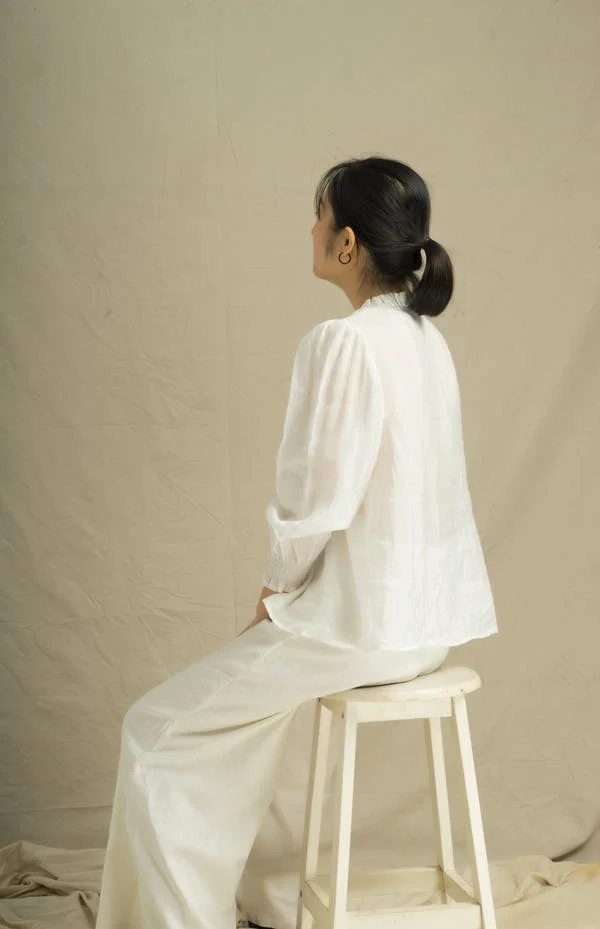
Have an Eye for Detail
What distinguishes a superb headshot from a mediocre one are minor alterations that can make all the difference. So take your time when you have set up your lighting and your subject is relaxed and ready to shoot. Then, take time to make the adjustments: a slight head tilt, a discreet forward lean, and a delicate yet exciting smile.
Don’t be scared to request precise modifications in someone’s expression or position until you have the impression you want. Then, once you have got the right shot, feel free to play around with postures and lighting (assuming you are not dealing with a group of people). Who knows when you will think of the following outstanding look?

Keep Interacting and Stay Optimistic
Talk to your subject while taking pictures. Assure them that they are doing everything correctly and that you are getting excellent results. Yes, it is difficult – but it’ll be worth it since your subject will be more relaxed, and you’ll stay on track to produce great headshot results.
Continue to praise your client even if you are not happy with the photographs you are obtaining. Never convey your feelings when your subject turns their head in a specific direction or when the light falls unfavorably. Instead, applaud them on their job and motivate them to correct their pose.
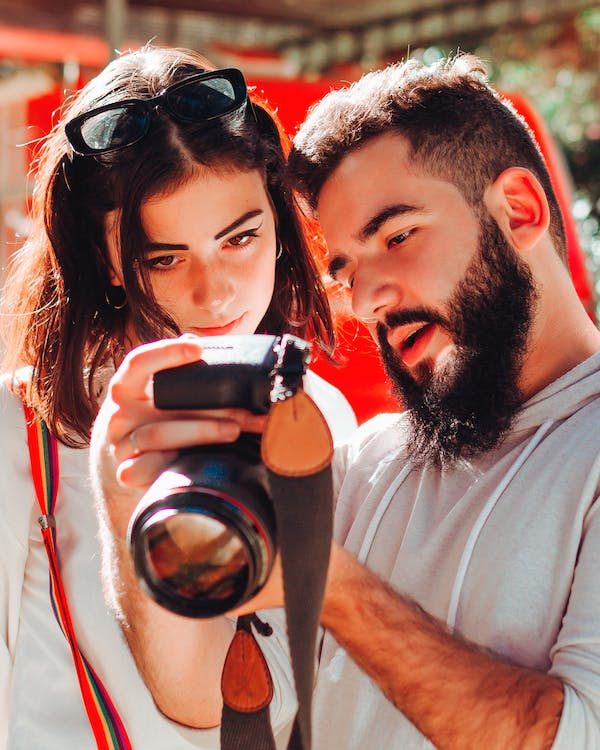
Get Instant Results With Tethered Shooting
This is not a crucial headshot photography tip, but shooting tethered is highly recommended if you have all of the appropriate gear. (If you do not have all the necessary equipment, consider investing in it; tethered shooting can be a game-changer.)
For one thing, if your subject can see a few shots on the screen, they will get a good concept of what has to be adjusted quickly. In addition, tethered photography is fantastic for you as a photographer since you can see if your lighting is acceptable if your subject is in focus and beautifully positioned, and so on, far more quickly than you can on the LCD camera.
Settings for Headshot Photography
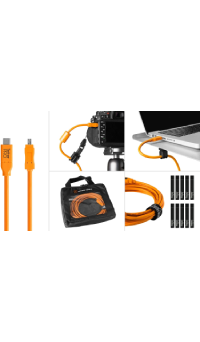
Retouching
Retouching covers the fundamentals, such as skin blemishes, stray hair, and facial wrinkles, as well as brightening eyes and whitening teeth, in keeping with the practical aspect of a headshot.
Time moves on, and no matter how much we want it to, you cannot stop the clock for a headshot. You want viewers to see an accurate portrayal of you right now. So let rid of that old headshot you have been holding on to for years. Excessive retouching can be compared to erasing years of professional experience.
Purchase Link: Adobe Photoshop

Printing
Why would you want to print a headshot? Isn’t it simply for work? While you might prefer a framed family portrait on your desk, your children, parents, or spouse would appreciate a photo of you. Some argue that a photograph isn’t truly a photograph until it is printed. People are being photographed in greater numbers than ever before. On our phones, we all have thousands of images. But when was the last time you printed a photo? Backup and cloud technology is improving all the time.
On the other hand, a portrait print takes no more equipment than a light bulb to view. There are no passwords to guess after an emergency or disaster. Professional archival prints can endure a generation or more.

Conclusion
Headshots may appear to be a very monotonous form of photography at first glance, but, like many other sorts of photographs, they can be as creative or straightforward as you desire. The possibilities are unlimited regarding lighting, posing, clothing, backgrounds, and props. You can discover that coming up with new ideas is enjoyable. It is also a good idea to master the technique of taking beautiful headshots because they’re always in demand in a business.
Hopefully, these recommendations for better headshot shots will be helpful to you. Memorize them, apply the suggested improvements, and you’ll be taking pro-level photos in no time.


